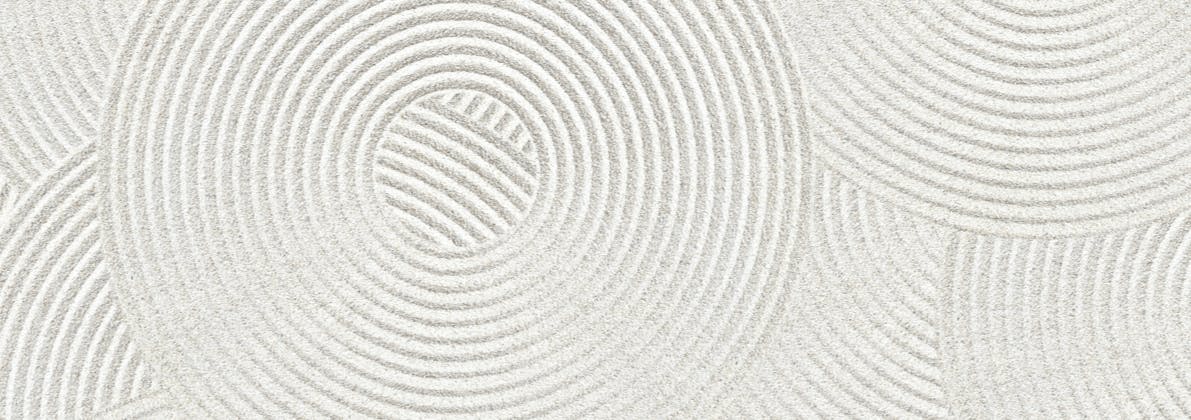When undergoing facial plastic surgery, such as a deep plane facelift or rhinoplasty, understanding the types of anesthesia and their implications is crucial for ensuring a safe and comfortable experience. The type of anesthesia used can significantly impact the procedure's execution, safety, and recovery. This blog will explore the different levels of sedation, types of anesthesia, and what patients should know about safety and recovery.
Types of Anesthesia and Levels of Sedation
Anesthesia is broadly categorized into four levels of sedation:
Light Sedation:
- Often referred to as minimal sedation, this level keeps the patient awake but relaxed.
- Patients may feel drowsy but can respond to verbal commands.
- It is commonly used for minor procedures or pre-operative calming.
Moderate Sedation (Conscious Sedation):
- Patients are more relaxed and may not remember much of the procedure.
- They can respond to tactile stimulation and verbal commands.
- Often used for less invasive procedures where pain control is essential but full unconsciousness is unnecessary.
Deep Sedation:
- Patients are on the edge of consciousness and may only respond to repeated or painful stimulation.
- Breathing may need monitoring or support.
- Suitable for more invasive procedures where prolonged discomfort is expected but general anesthesia is not required.
General Anesthesia:
- Patients are fully unconscious and cannot respond to any stimuli.
- Breathing is supported by a ventilator.
- Commonly used for complex surgeries such as deep plane facelifts and rhinoplasties.
General Anesthesia: Gas vs. TIVA
Within general anesthesia, there are two primary methods of administration:
Inhalation (Anesthesia Gas):
It involves breathing in anesthetic gases like sevoflurane through a mask or breathing tube.
The gas induces and maintains unconsciousness.
Recovery can sometimes involve residual grogginess or nausea due to the inhaled agents.
Total Intravenous Anesthesia (TIVA):
Uses intravenous medications like propofol to maintain unconsciousness.
It avoids the use of gases entirely, leading to a smoother and quicker recovery for many patients.
Preferred for patients prone to postoperative nausea and vomiting.
What About Twilight Anesthesia?
"Twilight anesthesia" is a loosely used term often used by patients and non-medical professionals. It typically refers to moderate or deep sedation but lacks a precise medical definition. This ambiguity can be misleading because it implies a uniform experience when, in reality, the sedation level and safety protocols vary widely. Patients should seek clarity from their surgical team about the exact type of sedation planned.
Anesthesia Used in Facial Plastic Surgery
Deep Plane Facelift
- Anesthesia Choice: General anesthesia is often preferred for deep plane facelifts due to the procedure's complexity and duration.
- Reasoning: General anesthesia ensures complete muscle relaxation, precise control over the surgical field, and patient comfort.
Rhinoplasty
- Anesthesia Choice: Depending on the procedure's extent, general anesthesia or moderate-to-deep sedation may be used.
- Reasoning: General anesthesia provides the surgeon with optimal conditions for intricate nasal reshaping. In some cases, deep sedation can be sufficient for less invasive adjustments.
Safety of Anesthesia
Anesthesia is generally very safe, especially when administered by a board-certified anesthesiologist or certified registered nurse anesthetist (CRNA). Key safety considerations include:
Pre-operative Assessment:
- A thorough medical history and evaluation ensure the patient is fit for anesthesia.
- Conditions like sleep apnea, heart disease, or allergies to medications are accounted for.
Monitoring During Surgery:
- Vital signs such as heart rate, blood pressure, oxygen levels, and carbon dioxide levels are continuously monitored.
- Advanced equipment ensures the anesthesia team can quickly address any concerns.
Post-operative Care:
- Patients are monitored in a recovery area until they regain full consciousness and stable vital signs.
What Patients Should Look For
When considering surgery, patients should:
- Verify Credentials: Ensure the anesthesiologist is board-certified or the CRNA has appropriate qualifications.
- Discuss Options: Understand the type of anesthesia planned and why it is suitable for their procedure.
- Disclose Medical History: Be upfront about medical conditions, medications, and lifestyle factors like smoking or alcohol use.
- Ask About Recovery: Inquire about the expected recovery time and any potential side effects.
Recovery from Anesthesia
Recovery experiences can vary depending on the type of anesthesia used:
Light and Moderate Sedation:
- Recovery is typically swift, with patients feeling back to normal within a few hours.
- Some may experience grogginess or mild headaches.
Deep Sedation and General Anesthesia:
- Recovery can take longer, especially if anesthesia gases are used.
- Common side effects include drowsiness, nausea, or sore throat (from the breathing tube).
- Most patients are fully alert within 24 hours, although complete elimination of anesthesia drugs may take longer.
Ensuring a Positive Experience
Understanding anesthesia is a key component of preparing for facial plastic surgery. By being informed about the options, levels of sedation, and safety protocols, patients can approach their procedure with confidence and peace of mind. Always consult with your surgeon and anesthesiologist to ensure the best plan tailored to your health and surgical needs.


